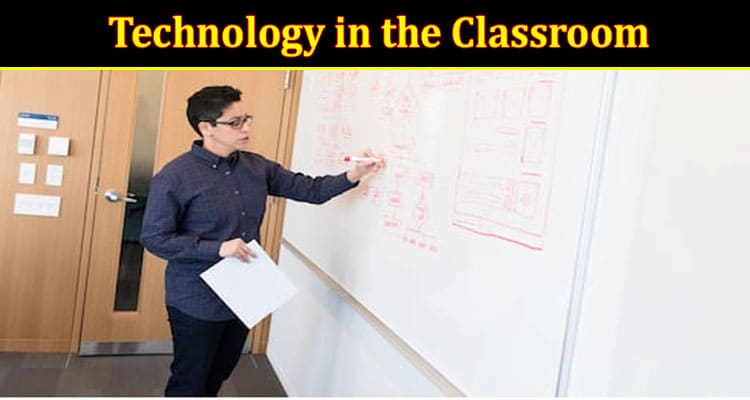Technology’s immediate availability of data makes it essential in the classroom. With technology in the classroom, students can access a wealth of information that would otherwise be impossible to gain. It also encourages collaboration and creativity — two essential skills for success in today’s world.
Technology can provide a platform to organize lessons, maintain records, and even track student progress. It can be used to help plan and prepare lessons effectively like incorporating poster templates — StoryboardThat has plenty of them for any subject. With the right technology, teachers can access resources quickly and easily. The internet is also full of educational materials that can be used to supplement learning materials.
Technology can also help students learn at their own pace. In a traditional classroom setting, it can be hard for students who are falling behind to catch up with the rest of the class. With technological tools, teachers can provide students with the chance to work at their own pace and master concepts before moving on.
How to Integrate Technology Into the Classroom
Integrating technology into the classroom can be a difficult task, but it doesn’t have to be. Here are some steps that teachers can take to make sure they’re getting the most out of their technological tools:
- Identify Your Goals: Before you start using any new technology in your classroom, it’s important to identify your goals and objectives. Ask yourself what you hope to achieve by using technology in your teaching.
- Research Technology: Next, do some research on the various types of technology that are available to help you reach them. From interactive whiteboards to online learning platforms, there is a wealth of options out there.
- Develop a Plan: Create a plan for how you will use it in your classroom. Make sure to consider factors like budget, implementation timeline, and training needs when developing your plan.
- Implement the Technology: Once you have a plan in place, it’s time to start using the technology in your classroom. Make sure to provide adequate training and support for both yourself and your students as they become familiar with the new tools.
- Monitor Progress: Implementing technology is only half the battle — it’s also important to monitor progress and make sure that the goals you set out to achieve are being met. Regularly assess how the technology is being used and adjust your plan as needed.
Strategies of Implementation for Age Groups
It’s important to tailor your technology-integration plan based on the age of your students. Here are some strategies for implementation for different age groups:
- Kindergarten–3rd Grade: For younger students, start with basic technology skills like mouse and keyboard control. Use fun activities such as games or stories to help them become comfortable with these skills.
- 4th–6th Grade: At this age, students should be able to handle more complex tasks like word processing and basic coding. Use technology-based activities that require problem-solving and collaboration.
- 7th–12th Grade: For older students, focus on developing advanced technological skills. Provide opportunities for students to create their own projects, such as multimedia presentations or web pages.
Integrating technology into the classroom can be a great way to engage students and help them learn in new ways. By following these steps and tailoring your plan based on the age of your students, you can ensure that you’re getting the most out of your technology resources.
Ways to Incorporate Technology in the Elementary Classroom
Integrating technology into the elementary classroom can provide students with rich learning experiences. Here are some ways:
- Utilize Digital Storytelling: Digital storytelling is a great way for students to express themselves creatively and learn how to use different types of media. Have students create stories using video, audio, or animation.
- Set up a Computer Lab: Setting up a computer lab in your school or classroom can provide students with access to online learning materials, research tools, and games.
- Use Educational Apps: There are many educational apps available for smartphones and tablets that can help young learners practice their reading, writing, math, and other skills.
- Create Online Learning Materials: Use online tools such as PowerPoint or Prezi to create engaging presentations, interactive activities, and other learning materials for your students.
- Incorporate Collaborative Projects: Have students work together on projects such as creating websites, videos, or multimedia presentations. This encourages collaboration and problem-solving skills.
- Utilize Virtual Field Trips: Take advantage of virtual field trips to expose students to new cultures and gain insight into different topics.
By incorporating technology into the elementary classroom, students can gain valuable skills that will help prepare them for success in the future. Technology-based learning can also be a fun and engaging way to teach students.
Conclusion
Technology can be a powerful tool in the classroom, but only if it’s used correctly. With careful planning and diligent monitoring, however, technology can be an effective way to engage students and help them learn. By tailoring their integration plan based on the age of their students, teachers can ensure that they are using technology in the most effective way possible. With the right tools, teachers can create engaging, meaningful learning experiences for their students.

